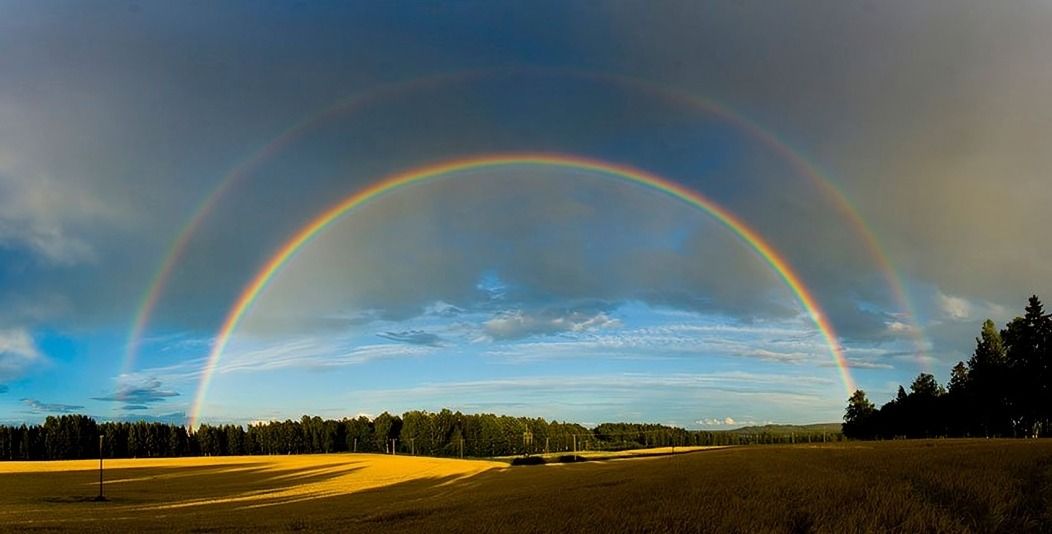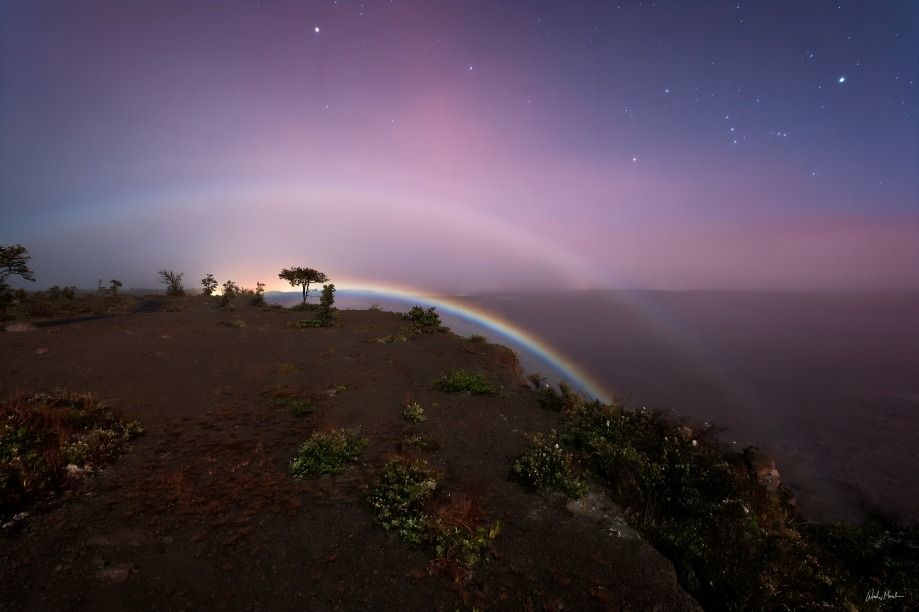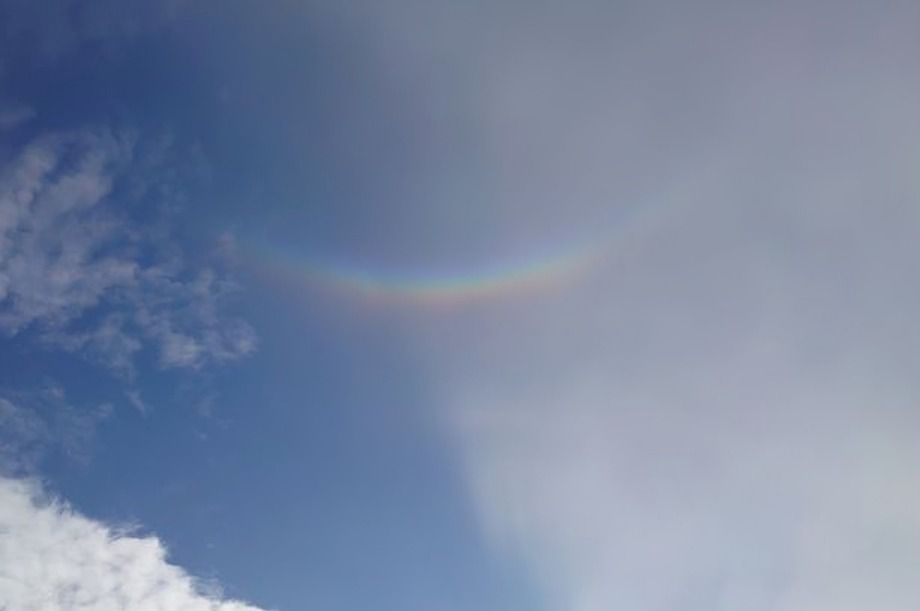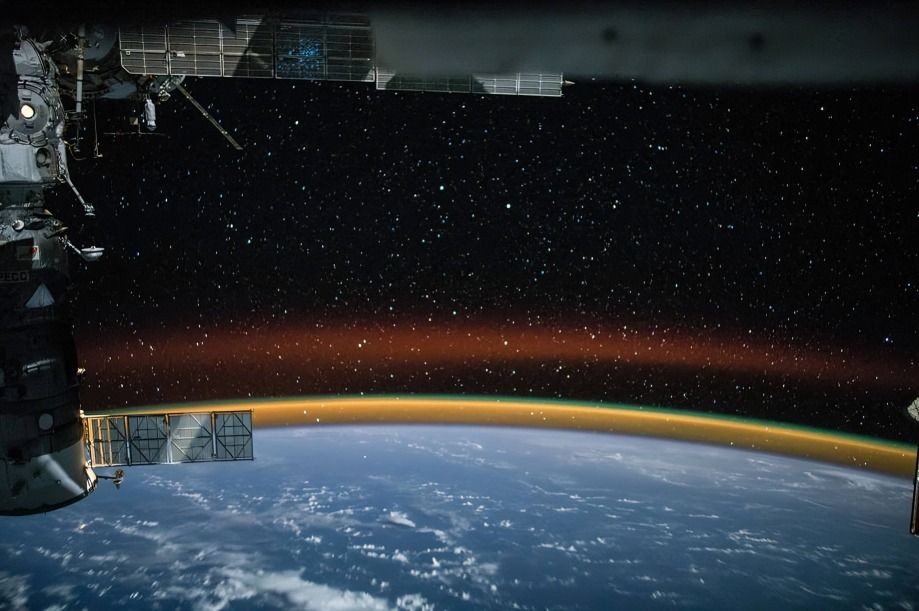
“
Rainbows are one of nature's most magical and captivating phenomena. They appear as a spectrum of light that paints the sky with vibrant colours. Let's dive into 20 captivating facts about rainbows that will spark your curiosity and make you look at the sky with wonder!1
1
”
Rainbows are made up of seven colors: red, orange, yellow, green, blue, indigo, and violet. These colors are always in the same order because they are created by the way light bends and separates in water droplets. 1
Rainbows only form when there is sunlight and rain at the same time. The sunlight enters the raindrops and is bent (refracted), split into its different colors (dispersed), and then reflected out. 2

Sometimes, you can see a double rainbow! The second rainbow is fainter and appears above the primary one with the colors reversed. This happens when the light is reflected twice inside the water droplets.
Did you know rainbows are actually circles? From the ground, we usually see only a part of the circle because the horizon blocks the rest. If you’re lucky enough to be in an airplane, you might see a full circular rainbow! 3
National Find a Rainbow Day is celebrated on April 3rd. On this special day, we take a moment to appreciate the beauty and wonder of rainbows. 4
You can only see a rainbow if the sun is behind you and the rain is in front of you. The angle between your line of sight and the direction of the sun needs to be about 42 degrees to see a rainbow. 5
During sunrise or sunset, you might see a red rainbow. This happens because the sunlight has to pass through more atmosphere, which scatters the blue and green light, leaving the red light. 6

Rainbows can also form at night! These are called moonbows and occur when the moon’s light, which is much fainter than the sun's, creates a rainbow. Moonbows are usually white because the light is not bright enough to show the colors.
Fogbows are similar to rainbows but appear in fog rather than rain. They are usually white and much broader than regular rainbows because the water droplets in fog are much smaller.7
Sometimes, you can see extra, faint rainbows just inside the main rainbow. These are called supernumerary rainbows and are caused by interference between light waves. 8
On September 18, 2004, the Polytechnic University of the Philippines made a largest human rainbow at the Quirino Grandstand in Rizal Park, Manila, Philippines. A staggering 30,365 participants came together, forming a vibrant and unforgettable display of unity and colour. 9
Reflected rainbows are formed when sunlight is reflected off a surface like a lake or river before entering raindrops. This reflection can produce a secondary rainbow above the primary one, visible under specific lighting conditions. 10

Rarely, you might see a rainbow that looks upside down. These are called circumzenithal arcs and occur when sunlight passes through ice crystals in high-altitude clouds.
Because a rainbow is made of light entering and exiting raindrops at specific angles, each person sees their unique rainbow from their own viewpoint. 11

Astronauts can observe optical phenomena similar to rainbows in space. When sunlight interacts with water droplets or ice crystals in the atmospheres of planets or moons, it can create rainbow-like effects that are observable from spacecraft.
You can create your rainbow at home! All you need is a glass of water, a piece of white paper, and sunlight. Just place the glass of water in the sunlight and let the light pass through it onto the paper.That will amaze kids and also give knowledge. 12
While Jupiter contains constant gas hurricanes and Mars may have frozen water, Earth stands alone in our solar system as the planet capable of producing rainbows. 13
When you observe a rainbow and its double, there’s a darker area between them. This phenomenon is known as Alexander’s band, named after Alexander of Aphrodisias, who described it around 200 AD. 14
Rainbow is a fascinating optical phenomenon. As you move, the rainbow moves with you, making it impossible to touch or reach its end. 15
On November 30, 2017, the Chinese Culture University in Taipei, Taiwan, China, observed a rainbow for an astounding 8 hours and 58 minutes making it the world's longest lasting rainbow. 16


